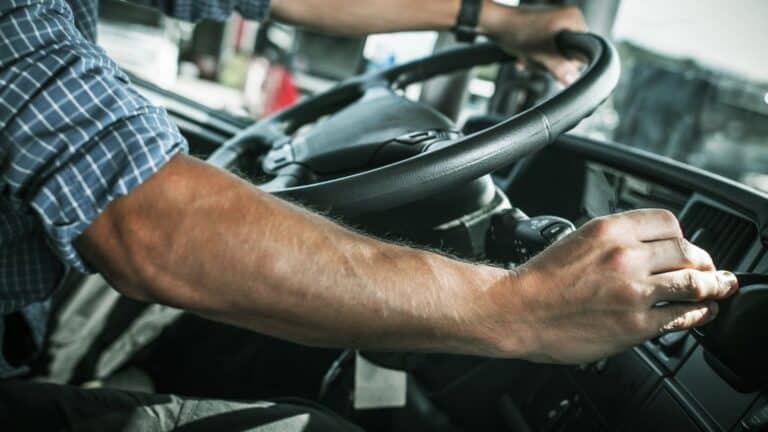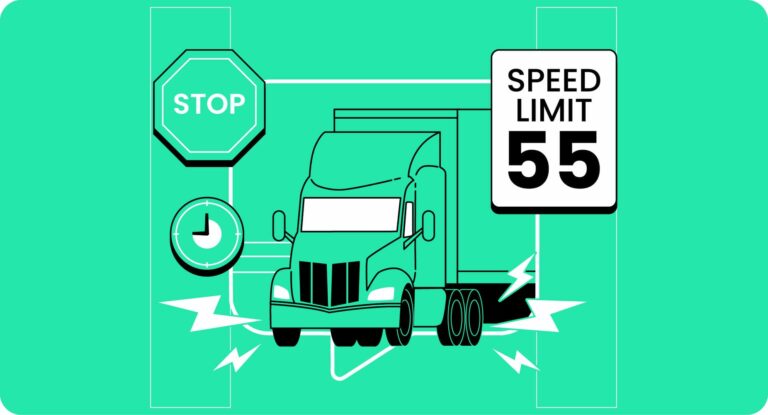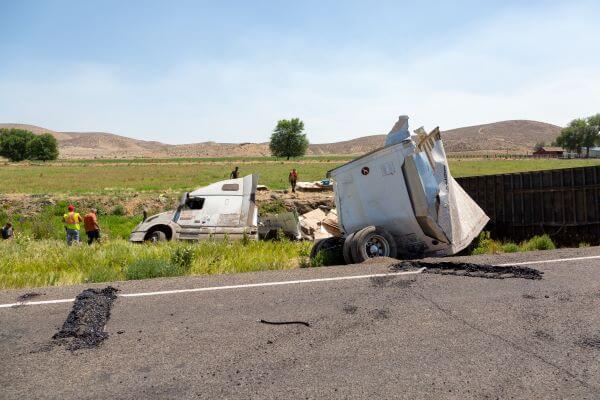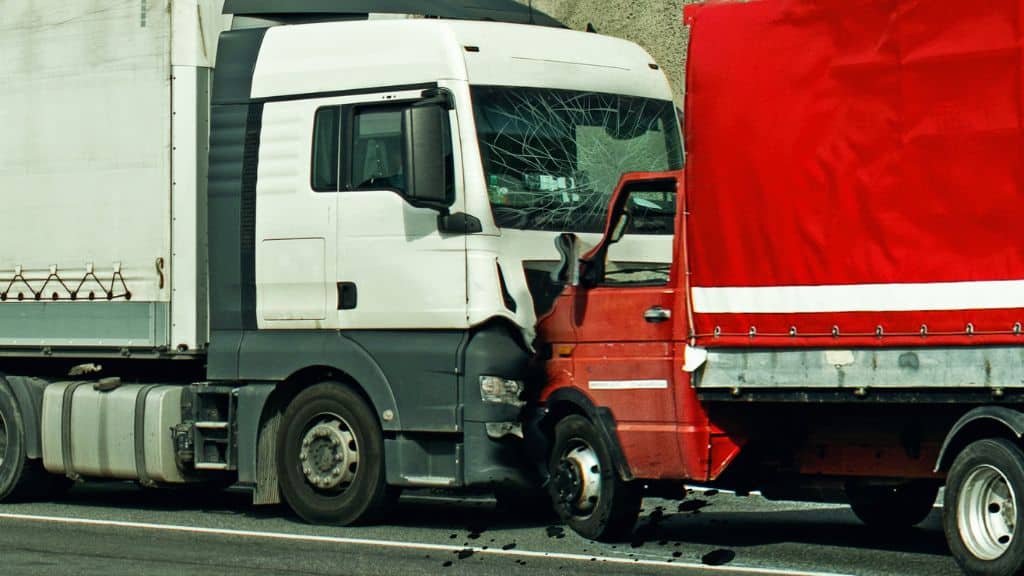Commercial vehicles and drivers are typically required to adhere to certain state and federal laws. Given their sheer size, commercial vehicles can wreak havoc on smaller vehicles when involved in a crash. The designated laws that apply to such vehicles are meant to mitigate such a risk. Here is a look at how a commercial vehicle is defined as per California laws, and what other regulations apply to such vehicles.
What are Commercial Vehicles?
California laws define a commercial vehicle as any vehicle that is used for the transport of property or persons. When used for the transport of persons, a vehicle falls in this category if it is being used for hire, compensation, or profit.
Under these laws, the following are some of the vehicles which must be registered as commercial vehicles:
- Multipurpose vehicles
- Passenger type vehicles
- Pickup trucks
- Station wagons
- Larger trucks
Laws for Commercial Vehicles and Drivers in California
There are different state and federal laws which are to be observed by every commercial driver operating in California. These laws typically apply to the following areas:
- Hours of service rules
- Speed limits
- Lane rule
- Cargo limitations
Hours of Service Rules
One of the chief causes for many commercial vehicle crashes is the tiredness or fatigue of the driver behind the wheel. Drivers tend to drive for longer periods of time just to get more wages, or companies make them do so for commercial benefits. However, the law prohibits a driver who is either ill or fatigued to operate any commercial vehicle.
According to the law, commercial drivers are required to pull over if they feel impaired in any way including feelings of illness, fatigue, or drowsiness. To make this clearer, FMCA imposes hours of service regulations to limit the number of hours a driver can drive without taking breaks. The number of hours a commercial driver will drive in a shift depends on his or her schedule and whether the vehicle is carrying cargo or passengers.
Property-Carrying Drivers and Vehicles
Drivers who carry property or cargo on their commercial vehicles can drive a maximum of 11 hours after having compulsory 10 hours off the clock. After 10 hours break, they cannot drive longer than 14 consecutive hours.
Passenger-Carrying Drivers and Vehicles
Passenger carrying drivers can have a maximum 10-hour duty after having 8 consecutive hours off duty. Similarly, after having 8 hours break, they cannot drive any longer than 15 consecutive hours. Neither type of driver may operate a truck for more than 60 consecutive hours over a period of seven days or more than 70 hours over a period of 8 days.
Pull-Over or Sleeper Berth Rules
The FMCSA also imposes certain provisions that require a truck driver to pull over if he feels tired and take rest in their sleeper berths after long hours of driving. If a driver ignores the hours of service restrictions, he may get fatigued which results in accidents. Similarly, if a company encourages drivers to break hours of service rule for bonuses or other incentives, it could be liable for any crashes or losses.
New Unpaid Break Law in California
Recently a new law has been passed in California. As per this law, truck companies in California will no longer have to pay drivers during their break hours. This does not mean that the driver can opt to skip the break. All drivers in California must rest for 10 minutes after every 4 hours of driving and take a thirty-minute break after every 5 hours.
Speed Limitations
Over speeding in commercial vehicles is a frequent cause of accidents. To minimize such incidents, the law clearly defines speed limits for commercial vehicles. In some areas, the speed of commercial vehicles is 10 miles less than the normal vehicle and they are strictly required to follow the rules. Certain commercial vehicles are required to travel up to a maximum of 55 mph on highways. These vehicles include:
- Tractor or trucks with 3 or more axles
- Truck or tractor pulling another vehicle behind it
- School bus carrying students
- Farm labor vehicle carrying passengers
- Vehicles carrying explosives
Lane Rule
If you are going to drive a truck, a bus, or a vehicle with a second component in towing, then you must stay in the right-hand lane of the road, or a lane specially marked and designated for slow-moving vehicles. If you are driving on a road with 4 or more lanes, you must stay only at the two right-hand lanes.
Cargo Rules
In California, it is compulsory for companies and drivers to do the following:
- Tie or load the cargo properly
- Inspect the cargo or property thoroughly
- Check that cargo is properly distributed and secure on the truck
Hiring a Reliable Commercial Vehicle Accident Lawyer
If you have suffered losses in an accident caused by a commercial vehicle in Orange County, California, we can help you. Here at the Crockett Law Group, our Orange County car accident attorneys specialize in helping you recover compensatory damages from the liable party in a crash. Call us today to discuss your case in a free consultation.










